Autism therapy can feel like a maze—especially if you’re new to the diagnosis. Whether you’re a parent trying to find the right support for your child, an educator looking to understand student needs, or simply someone who wants to learn more, one thing is clear: finding the right therapy can make an enormous difference.
Autism Spectrum Disorder (ASD) isn’t a one-size-fits-all condition, and therapy shouldn’t be either. The purpose of autism therapy is simple in theory but powerful in practice: to help individuals on the spectrum build communication, improve social connections, manage behavior, and gain independence—one small, meaningful step at a time.
This guide is designed to bring clarity. You’ll find practical explanations of different therapies, evidence behind what works, insights on costs and access, and resources specific to Northern Virginia. Whether you’re starting this journey or looking for your next step, this is for you.
What Is Autism Therapy?
Autism therapy refers to the range of structured supports available to help individuals with Autism Spectrum Disorder develop skills and overcome challenges in daily life. That might mean learning to use words to express needs, understanding social cues, or navigating routines without meltdowns. Every plan is tailored to the individual—it has to be, because no two people with autism are exactly alike.
Therapies often focus on areas like communication, behavior, emotional regulation, and life skills. They’re goal-oriented and adaptive—meaning they change as the individual grows. The gold standard isn’t just about reducing symptoms; it’s about improving quality of life.
While autism therapy is valuable at any age, early intervention is especially important. Studies show that the earlier a child receives support—particularly in the first few years of life—the more significant the long-term outcomes (Dawson et al., 2010). That’s because the developing brain is more responsive to learning, making it easier to build foundational skills.
But therapy doesn’t stop at childhood. For teens, it might focus on social relationships or school transitions. For adults, therapy could support job readiness or independent living. Effective autism care is lifelong and personalized, shifting with the person’s goals and life stage (National Research Council, 2001).

Types of Autism Therapy
Autism therapy is not one-size-fits-all. Every individual on the spectrum has unique strengths and challenges—and therapy should reflect that. In this section, we’ll walk through the most widely recognized, effective, and evidence-supported therapies available for individuals with autism, from early childhood through adulthood.
Applied Behavior Analysis (ABA): The Gold Standard
Applied Behavior Analysis (ABA) is often considered the most established and research-supported intervention for individuals with Autism Spectrum Disorder. At its core, ABA focuses on identifying and reinforcing positive behaviors while reducing behaviors that may interfere with learning and social development (Leaf et al., 2016).
Techniques commonly used in ABA include discrete trial training (DTT)—a method of breaking skills down into small steps and reinforcing them systematically—and natural environment teaching (NET), which encourages learning in everyday settings. Positive reinforcement plays a key role: when a child uses a word appropriately, for instance, they receive encouragement or access to something they enjoy.
ABA is widely adaptable. It can be delivered in-home, in clinics, or at school, and it supports toddlers learning their first words just as effectively as it does teenagers working on life skills or adults managing employment routines.
Speech and Language Therapy: Unlocking Communication
Many individuals with autism experience challenges with speech, language, or social communication. Speech and language therapy (SLT) is designed to improve both verbal and non-verbal communication. For some, this means learning to express their wants and needs through spoken words. For others, it could involve using alternative communication methods such as Picture Exchange Communication Systems (PECS) or speech-generating devices (ASHA, 2023).
SLT can also support understanding of language—such as how to interpret tone of voice, gestures, or facial expressions—which is key for building friendships and reducing frustration from communication breakdowns.
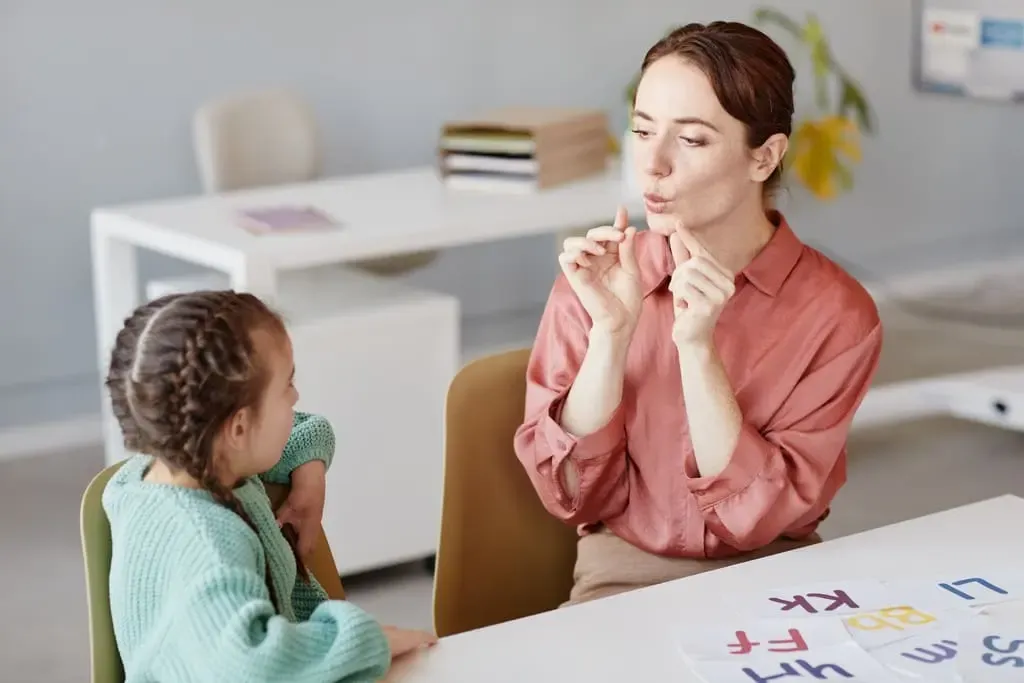
Occupational Therapy: Mastering Daily Life
Occupational therapy (OT) supports the development of practical, everyday skills. These may include fine motor tasks like handwriting, dressing, or using utensils, as well as broader sensory integration skills—important for children who are over- or under-sensitive to sounds, textures, or light (Tomchek & Dunn, 2007).
OT sessions are often customized to help individuals regulate emotions, participate in classroom settings, and engage more comfortably with their environments. For many families, OT becomes a cornerstone in supporting independence in daily routines.
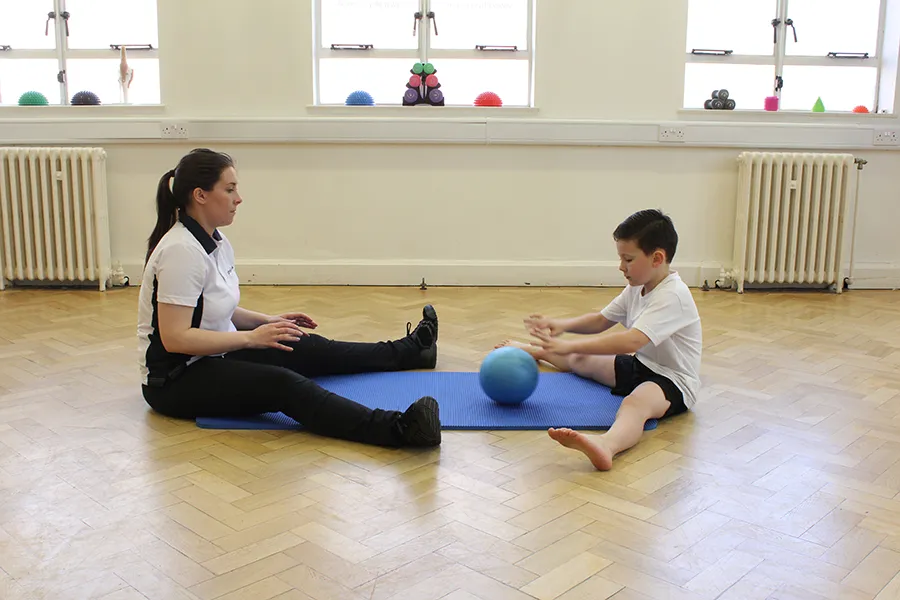
Cognitive Behavioral Therapy (CBT): Emotional Wellbeing
While autism is not a mental illness, many individuals on the spectrum also experience anxiety, obsessive thinking, or depression. That’s where Cognitive Behavioral Therapy (CBT) can be a valuable tool. CBT helps individuals identify negative thought patterns and reframe them into more productive or calming perspectives (Wood et al., 2009).
When adapted for autism, CBT may rely less on verbal processing and more on visuals, structured steps, and repetition. It’s especially helpful for teens and adults navigating emotional challenges, school stress, or social anxiety.
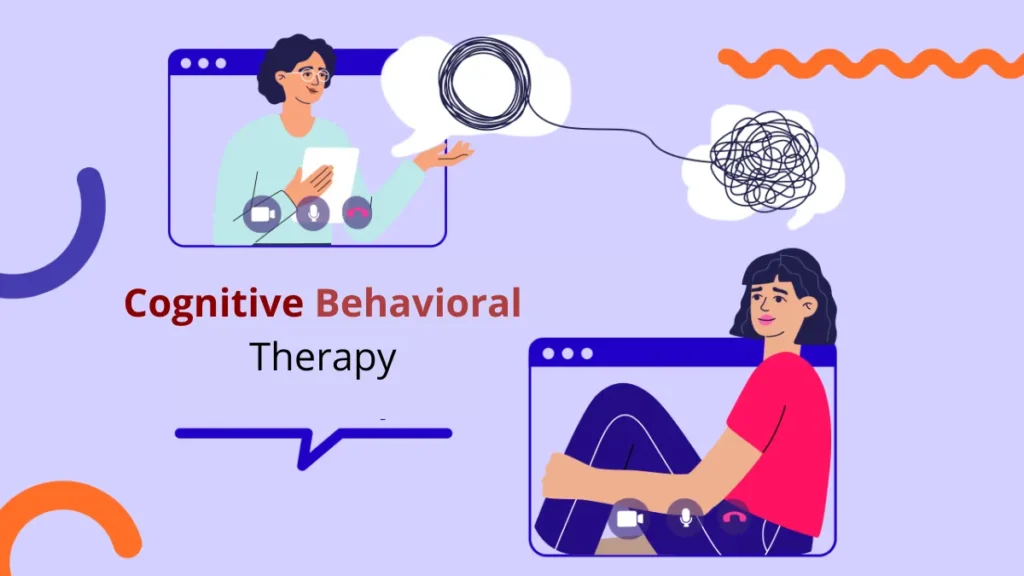
Social Skills Training: Building Connections
A common area of difficulty in autism is social communication—things like reading body language, interpreting sarcasm, or initiating conversations. Social skills training aims to teach these complex interpersonal cues in a structured, safe environment.
Therapists may use group activities, one-on-one coaching, role-playing, video modeling, and even board games to help individuals learn and practice social rules. These programs often show the most success when started early but can be beneficial at any age.
| Therapy Type | Main Focus | Best for | Setting |
| Applied Behavior Analysis (ABA) | Behavior improvement, skill building | Toddlers to adults | Home, clinic, school |
| Speech-Language Therapy | Communication, language skills | All ages | Clinic, school |
| Occupational Therapy | Daily living skills, sensory issues | Children and teens | Clinic, school |
| Cognitive Behavioral Therapy (CBT) | Emotional regulation, anxiety | Teens and adults | Clinic, online |
| Social Skills Training | Social communication and interaction | Children, teens, adults | Groups, one-on-one |
Creative & Expressive Therapies: complementary interventions
Creative therapies are sometimes overlooked but can be powerful tools in autism support. They offer non-verbal pathways for communication, regulation, and healing—especially for those who struggle to express themselves through words.
Autism Therapy Across the Lifespan
Autism therapy doesn’t stop after early childhood—it evolves alongside the individual. As people with autism grow, their needs, goals, and support systems change. The right therapy at the right time can help individuals thrive in school, at work, in relationships, and within their communities.
For Children with Autism
Early Years: Building Foundations
The early years are often where the greatest gains can be made. Therapies like Applied Behavior Analysis (ABA) and speech-language therapy are especially powerful when started before age five (Dawson et al., 2010). These therapies focus on communication, behavior, and learning readiness—helping children engage with the world around them.
School Age: Support in Education
As children enter school, therapy often extends into the classroom. Through an Individualized Education Program (IEP), children with autism may receive services such as speech therapy, occupational therapy, or behavioral support during school hours. Therapists, teachers, and parents work as a team to set achievable academic and social goals, ensuring that therapy and education go hand-in-hand (Individuals with Disabilities Education Act [IDEA], 2004).
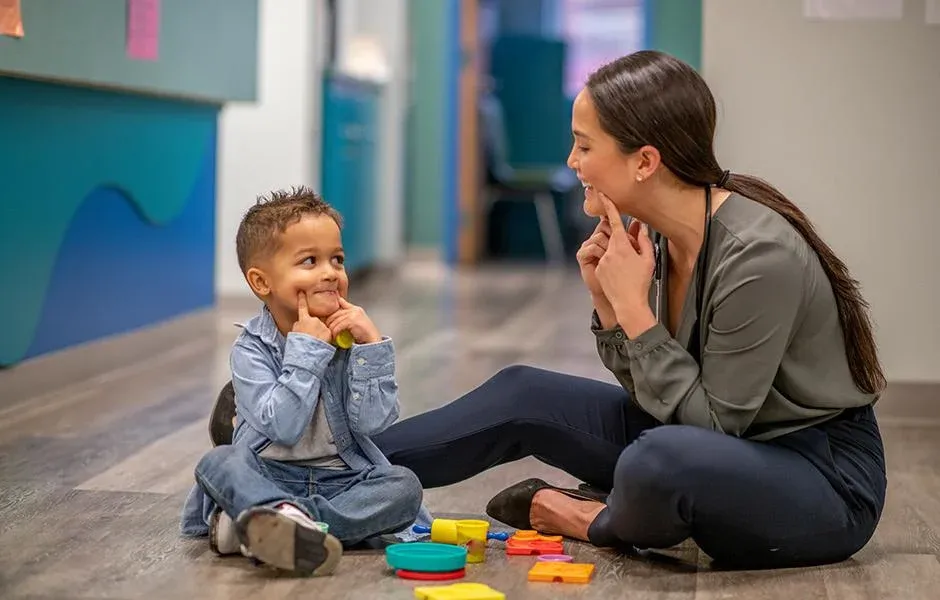
For Adults with Autism
New Priorities: Independence and Life Skills
For adults on the spectrum, therapy focuses less on language development and more on practical, real-world goals. This might include vocational training, executive functioning skills, or emotional regulation. Many individuals also benefit from therapy for co-occurring conditions such as anxiety or depression.
Community Ties: Social and Job Integration
Programs designed for job readiness, social connection, or independent living skills can be transformative. Therapists may work with employers to support on-the-job success or coach clients in navigating transportation, housing, or finances. These services help adults with autism live more independently and participate fully in their communities (Wehman et al., 2014).
Choosing the Best Autism Therapy Approach
No single therapy works for every individual—and that’s okay. The key is choosing a path that fits the person’s strengths, needs, and goals.
Assessing Needs
The first step is a comprehensive evaluation—ideally by a team that includes psychologists, behavior analysts, and speech therapists. This ensures that therapy targets the right areas, whether that’s behavior, communication, sensory challenges, or all of the above.
Mixing Approaches
Many families find that a combined approach works best. A child may receive ABA therapy for behavior, speech therapy for communication, and occupational therapy for sensory processing—all at the same time. The therapies don’t compete—they complement one another when coordinated by a collaborative team.
Finding Experts
It’s important to work with qualified professionals. For example, ABA therapy should be supervised by a Board Certified Behavior Analyst (BCBA). Speech-language therapists should be licensed and certified by ASHA. Families should feel comfortable asking about credentials and experience—it’s part of building trust.
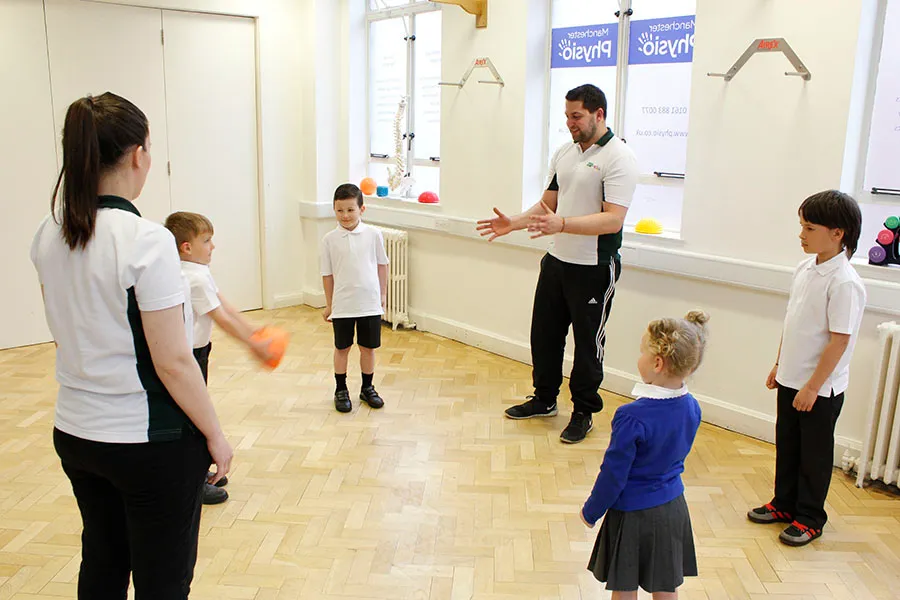
Does Autism Therapy Work?
A natural question—and an important one—is whether autism therapy really works. The short answer is yes, with strong evidence to support the effectiveness of structured, individualized therapy. But it’s also important to understand how therapy helps, and what realistic outcomes can look like.
Research Insights
Numerous studies have shown that autism therapy—particularly when started early—can improve core skills like communication, behavior regulation, and daily living tasks. A randomized controlled trial of the Early Start Denver Model, an early intervention based on ABA principles, found significant gains in IQ, language, and adaptive behavior among toddlers who received therapy (Dawson et al., 2010).
Other studies have documented the long-term benefits of combining therapies such as ABA, occupational therapy, and speech-language interventions. These programs have been shown to enhance independence, increase social interaction, and improve quality of life for both children and adults (Wong et al., 2015).
Real Stories
Behind the data are thousands of families who have seen real progress. A toddler who once struggled to use words may now point to request, make eye contact, and say “mama.” A teenager may begin to navigate friendships, or regulate emotional outbursts that used to feel overwhelming. An adult with autism might learn the skills needed to start a job or live more independently.
Progress can be slow, uneven, and deeply personal—but it is real. And for many families, therapy brings structure, hope, and a stronger connection with their child.
Setting Expectations
Autism therapy doesn’t aim to “cure” autism. That’s not the goal—and it’s not the right lens. The purpose of therapy is to help individuals build skills, reduce barriers, and support autonomy in ways that are meaningful for their life. What success looks like will vary from person to person, and the best programs are those that recognize and honor that difference.
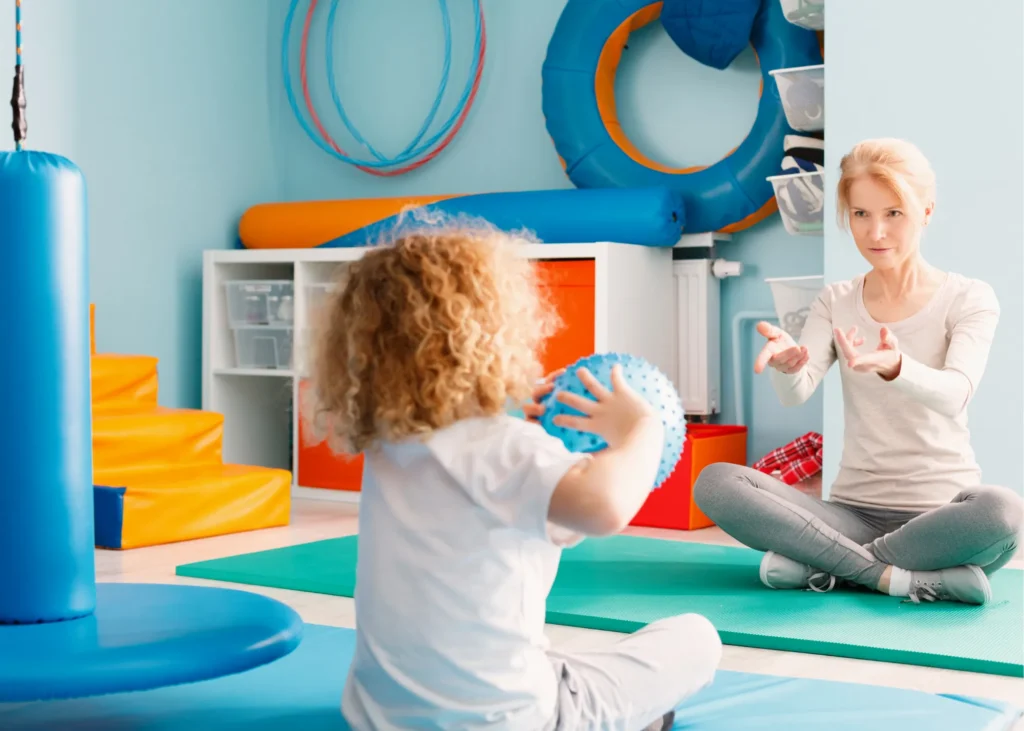
Cost, Insurance, and Access for Autism Therapy
For many families, one of the first concerns after an autism diagnosis is: Can we afford the therapy our child needs? The good news is, in most cases, yes—you can. Thanks to significant advances in public and private insurance coverage, many families pay little or nothing out of pocket for autism therapy.
What Families Should Know About Costs
Autism therapy can include services like Applied Behavior Analysis (ABA), speech-language therapy, and occupational therapy—often delivered over an extended period of time. While these therapies are essential and highly individualized, they can also be costly without insurance.
That said, families should know that the majority of the cost is typically covered by insurance—and in many cases, completely. No family should avoid therapy due to financial fear without first exploring their coverage options.
Insurance Coverage: Public and Private Options
In Northern Virginia, families have access to both Medicaid and a range of commercial insurance plans that cover autism-related services.
Medicaid (and Medicaid Waivers)
For eligible families, Medicaid will typically cover 100% of the cost of autism therapy services—including ABA, speech therapy, and occupational therapy. This includes plans managed by organizations like Anthem HealthKeepers, Sentara, Aetna Better Health, Molina, and many more.
Private / Commercial Insurance
Most private plans are required by law to cover autism treatment under Virginia’s autism insurance mandate. These plans often cover a large percentage of the costs—for example, up to 80% or more. Once the family’s out-of-pocket maximum is met, many commercial plans will then pay 100% of all remaining therapy costs for the rest of the year.
Every plan is different, so it’s important to:
- Confirm your benefits with your provider
- Ask about pre-authorizations or referrals
- Review how your deductible and out-of-pocket limits apply
Families are encouraged to speak with their therapy provider’s intake or billing team, who can often assist with insurance verification and authorization steps.
Support Systems and Resources for Autism Therapy
Autism therapy isn’t just about sessions and goals—it’s about creating a network of care that surrounds the individual and their family. Ongoing support plays a crucial role in reducing stress, increasing consistency at home, and helping families feel more empowered (Karst & Van Hecke, 2012).
For Families: You Don’t Have to Do This Alone
Raising a child with autism can be deeply rewarding, but also overwhelming. Family support systems are a vital part of long-term success—not just for the child, but for the parents, siblings, and caregivers.
Support options include:
- Parent support groups – for sharing strategies, stories, and encouragement
- Respite care programs – to give caregivers short-term relief
- Online forums and communities – where families can ask questions and find solidarity
Research shows that caregivers who receive social and emotional support report lower stress and improved mental health outcomes, which in turn contributes to more effective care for the child (Kuhn & Carter, 2006). Whether through local nonprofits, social media groups, or school networks, families benefit from knowing they’re not alone.
For Individuals: Building Confidence and Community
Autism therapy is more effective when individuals feel connected and supported outside of formal clinical sessions. Many regions, including Northern Virginia, offer:
- Social skills groups – to practice communication in safe, structured environments
- Recreational programs – such as sensory-friendly sports, art classes, or adaptive camps
- Vocational training or job coaching – especially helpful for teens and adults
- Self-advocacy organizations – that encourage independence and leadership skills
Research consistently supports the use of community-based and peer-mediated interventions as part of broader autism treatment plans (Shattuck et al., 2011). These programs reinforce skills, foster independence, and build belonging.
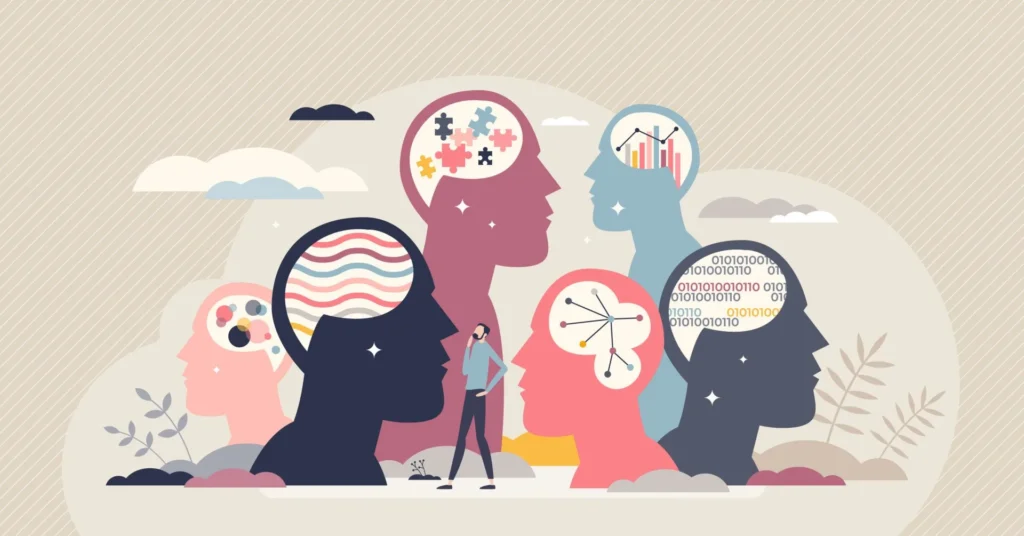
The Future of Autism Therapy
Autism therapy is always evolving. As researchers learn more about the brain, behavior, and learning, new tools and methods are emerging to support individuals with autism across the lifespan. While core interventions like ABA, speech therapy, and occupational therapy remain foundational, innovative approaches are shaping the next generation of care.
Advocacy and Access: Expanding the Reach
Public understanding of autism has come a long way—and so has legislation. Efforts from autism advocacy organizations have helped expand insurance coverage, fund community programs, and reduce stigma in schools, workplaces, and healthcare systems. In states like Virginia, mandates now require many insurers to cover ABA and related services, giving families more opportunities than ever to receive early, consistent support.
Importantly, the autism community itself is driving change. Self-advocates are shaping how therapy is delivered, with a stronger emphasis on respecting neurodiversity, promoting autonomy, and focusing on quality of life rather than just symptom reduction (Pellicano et al., 2014).
Practical Tips for Families in Autism Therapy
Therapy doesn’t end when the session does. For most families, what happens between appointments—at home, at school, and out in the community—is just as important as the clinical work. The good news? Supporting your child’s growth doesn’t always require formal tools or advanced training. A few intentional changes in your day-to-day routine can make a lasting difference.
Home Setup: Create Sensory-Friendly Spaces
Children and adults with autism often experience sensory input—light, sound, texture, and movement—more intensely. Having a designated, sensory-friendly space at home can help regulate emotions, improve focus, and reduce meltdowns (Baranek et al., 2006).
This doesn’t have to be a full room. A quiet corner with soft lighting, noise-cancelling headphones, a weighted blanket, or fidget tools can provide a safe space for calming down or transitioning between activities. Think of it as a reset zone where your child can recharge on their own terms.
Daily Activities: Practice Skills in Everyday Moments
Many therapy skills are best practiced during real-life routines. You can build on what your child is learning by weaving these skills into activities you’re already doing:
- Social skills through pretend play, board games, or taking turns during mealtime
- Language skills by labeling items while cooking or shopping
- Self-help skills during dressing, brushing teeth, or packing a backpack
- Emotional regulation through simple breathing games or drawing feelings
Even just narrating your actions (“I’m putting on my shoes. Now it’s your turn!”) helps build language and sequencing. Consistency and repetition, especially when done with warmth and patience, help children generalize what they learn in therapy to the rest of their world.
Caregiver Care: Don’t Forget Yourself
Parents and caregivers are often the glue that holds everything together—but glue can crack under stress. Taking care of yourself isn’t selfish—it’s essential to sustaining the energy and emotional availability your child needs from you.
Whether it’s a short walk, a phone call with a friend, or simply asking for help when you need it, your well-being directly impacts your child’s (Barker et al., 2011). Many local and online support groups offer space to connect with others who understand the unique challenges and joys of raising a child with autism.
Remember: you don’t have to do this alone. Therapy is a team effort—and you are a central part of that team.
Your Path Forward in Autism Therapy
Autism therapy is not a single solution, but a collection of tools, strategies, and supports that evolve with each individual’s needs. From early interventions like ABA and speech therapy to adult-focused programs for independence and emotional health, families today have more options—and more hope—than ever before.
Throughout this guide, we’ve explored therapy types, access to care, insurance coverage, community resources, and practical tips for integrating therapy into everyday life. Whether you’re just starting your journey or re-evaluating your current plan, it’s important to remember that there is no “perfect” approach—only what works best for your child or loved one.
The path isn’t always smooth. Progress can come in small steps, and some days will feel harder than others. But therapy can and does make a difference—not just in skills gained, but in confidence built, stress reduced, and relationships strengthened.
If you’re feeling overwhelmed, you’re not alone. Reach out. Ask questions. Connect with local providers, support groups, and other families. The sooner you take that first step, the sooner your child can begin building skills that last a lifetime.
At Bloom ABA Center, we’re here to help you take that step—with clarity, compassion, and care.
Bloom ABA Center offers both in-home and center-based ABA therapy designed to meet each child’s needs in the environment where they learn best. We proudly serve families with no waitlists, accept most Medicaid plans, and provide care supervised by BCBAs with 15+ years of experience. Whether your child is just beginning services or transitioning from another provider, we make starting therapy simple, supportive, and accessible.
Disclaimer: This article is for informational purposes only and does not constitute medical, diagnostic, or legal advice. Please consult with licensed professionals for personalized recommendations.
References
Centers for Disease Control and Prevention. (2022). Treatment and intervention services for autism spectrum disorder. https://www.cdc.gov/ncbddd/autism/treatment.html
Dawson, G., Rogers, S., Munson, J., Smith, M., Winter, J., Greenson, J., Varley, J. (2010). Randomized, controlled trial of an intervention for toddlers with autism: The Early Start Denver Model. Pediatrics, 125(1), e17–e23. https://doi.org/10.1542/peds.2009-0958
National Research Council. (2001). Educating children with autism. National Academy Press. https://doi.org/10.17226/10017
American Speech-Language-Hearing Association. (2023). Speech-language therapy for autism. https://www.asha.org
Leaf, R., McEachin, J., Taubman, M., & Parker, T. (2016). Crafting Connections: Contemporary Applied Behavior Analysis for Enriching the Social Lives of Persons with Autism Spectrum Disorder. DRL Books.
Martin, N. (2009). Art therapy and autism: Overview and guidelines. Art Therapy: Journal of the American Art Therapy Association, 26(4), 187–190.
Reschke-Hernández, A. E. (2011). History of music therapy treatment interventions for children with autism. Journal of Music Therapy, 48(2), 169–207.
Tomchek, S. D., & Dunn, W. (2007). Sensory processing in children with and without autism: A comparative study using the short sensory profile. American Journal of Occupational Therapy, 61(2), 190–200.
Wood, J. J., Drahota, A., Sze, K., Har, K., Chiu, A., & Langer, D. A. (2009). Cognitive behavioral therapy for anxiety in children with autism spectrum disorders: A randomized, controlled trial. Journal of Child Psychology and Psychiatry, 50(3), 224–234.
Wong, C., Odom, S. L., Hume, K. A., Cox, A. W., Fettig, A., Kucharczyk, S., … & Schultz, T. R. (2015). Evidence-based practices for children, youth, and young adults with autism spectrum disorder. National Professional Development Center on Autism Spectrum Disorder. https://autismpdc.fpg.unc.edu/evidence-based-practices
Karst, J. S., & Van Hecke, A. V. (2012). Parent and family impact of autism spectrum disorders: A review and proposed model for intervention evaluation. Clinical Child and Family Psychology Review, 15(3), 247–277. https://doi.org/10.1007/s10567-012-0119-6
Kuhn, J. C., & Carter, A. S. (2006). Maternal self‐efficacy and associated parenting cognitions among mothers of children with autism. American Journal of Orthopsychiatry, 76(4), 564–575. https://doi.org/10.1037/0002-9432.76.4.564
Shattuck, P. T., Wagner, M., Narendorf, S., Sterzing, P., & Hensley, M. (2011). Post–high school service use among young adults with an autism spectrum disorder. Archives of Pediatrics & Adolescent Medicine, 165(2), 141–146. https://doi.org/10.1001/archpediatrics.2010.279
Pellicano, E., Dinsmore, A., & Charman, T. (2014). A future made together: Shaping autism research in the UK. Autistica. https://www.autistica.org.uk/downloads/files/A-Future-Made-Together.pdf
Baranek, G. T., Foster, L. G., & Berkson, G. (2006). Sensory defensiveness in children with developmental disabilities. Occupational Therapy International, 13(3), 157–174. https://doi.org/10.1002/oti.212
Barker, E. T., Hartley, S. L., Seltzer, M. M., Floyd, F. J., Greenberg, J. S., & Orsmond, G. I. (2011). Trajectories of emotional well-being in mothers of adolescents and adults with autism. Developmental Psychology, 47(2), 551–561. https://doi.org/10.1037/a0021268

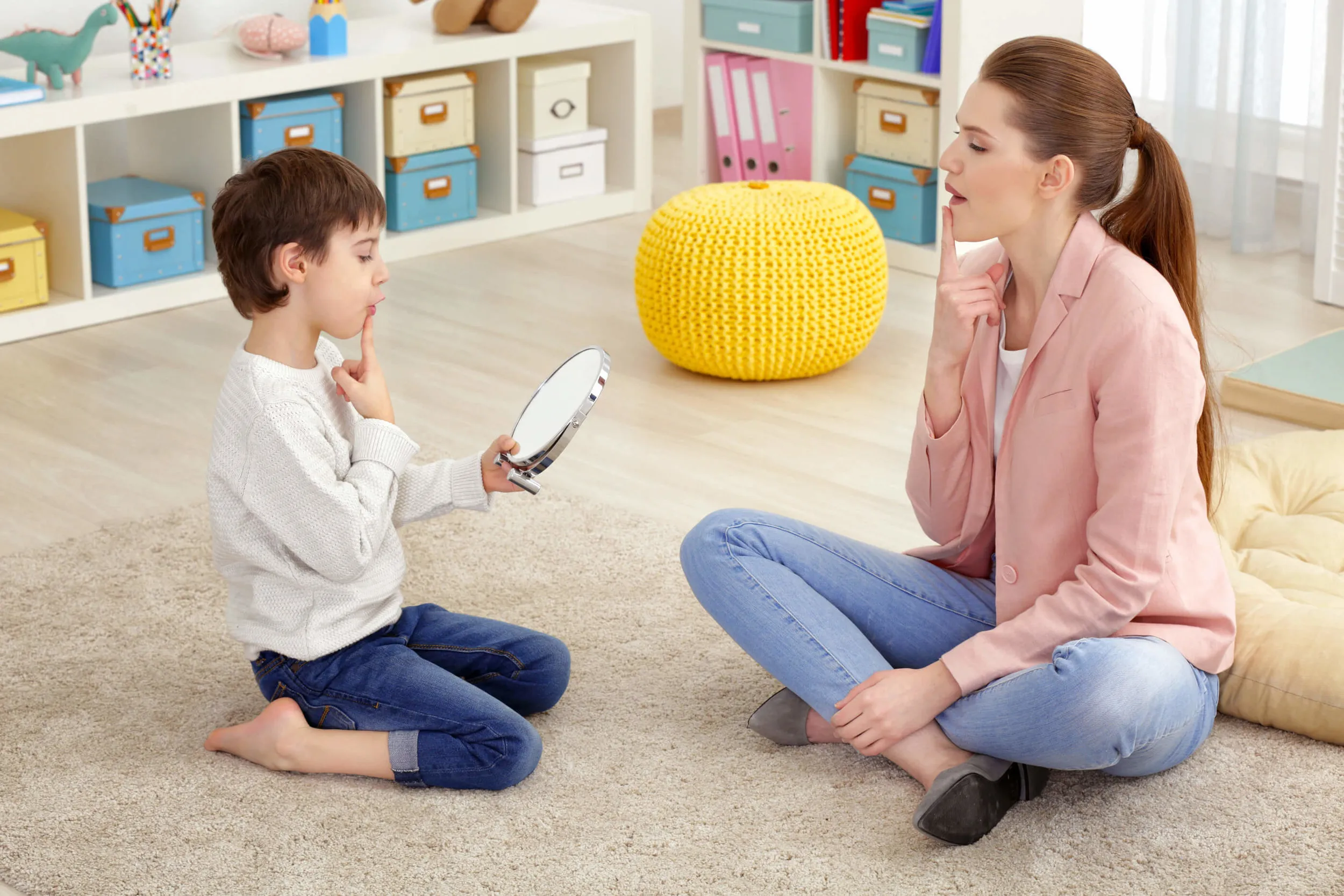
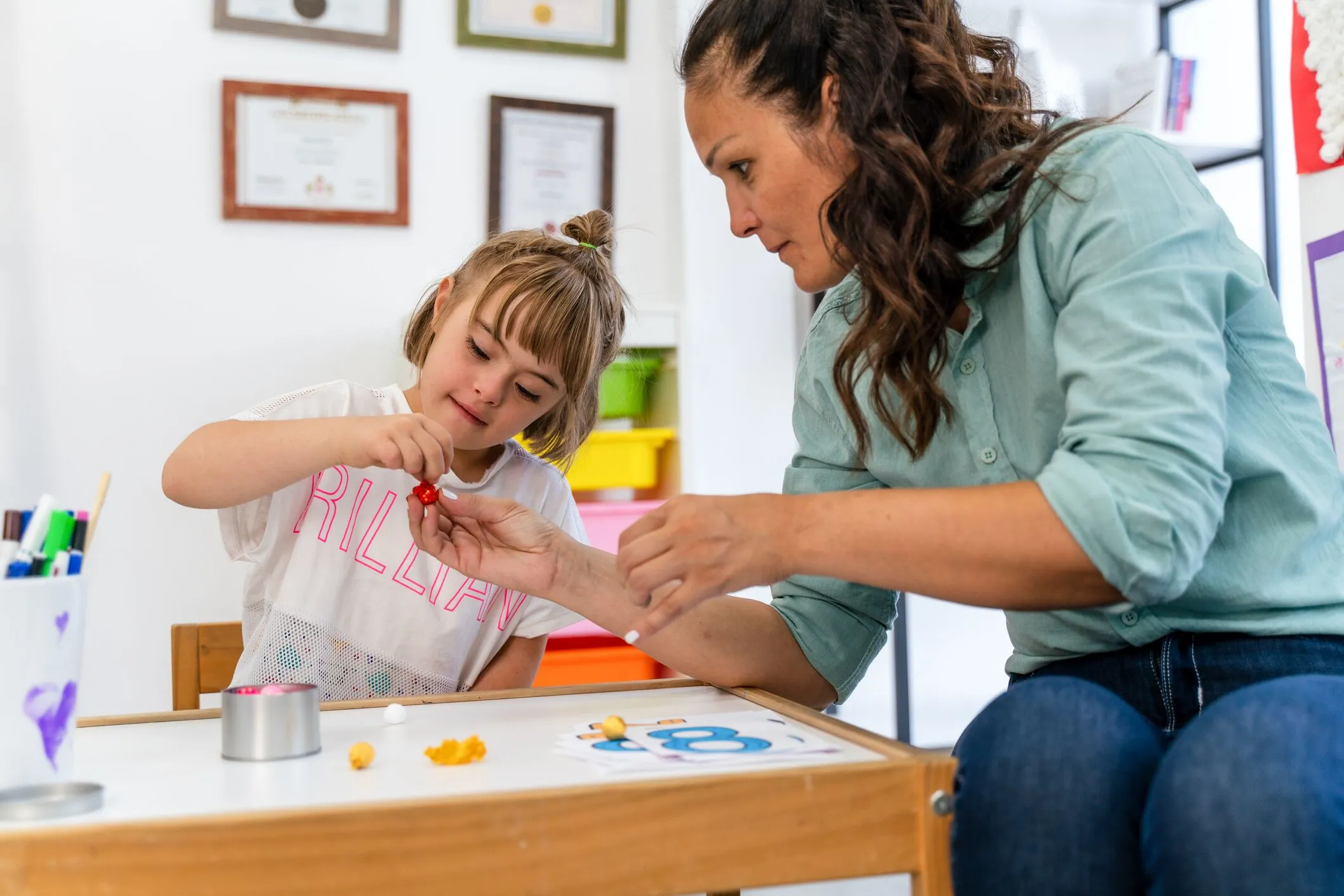
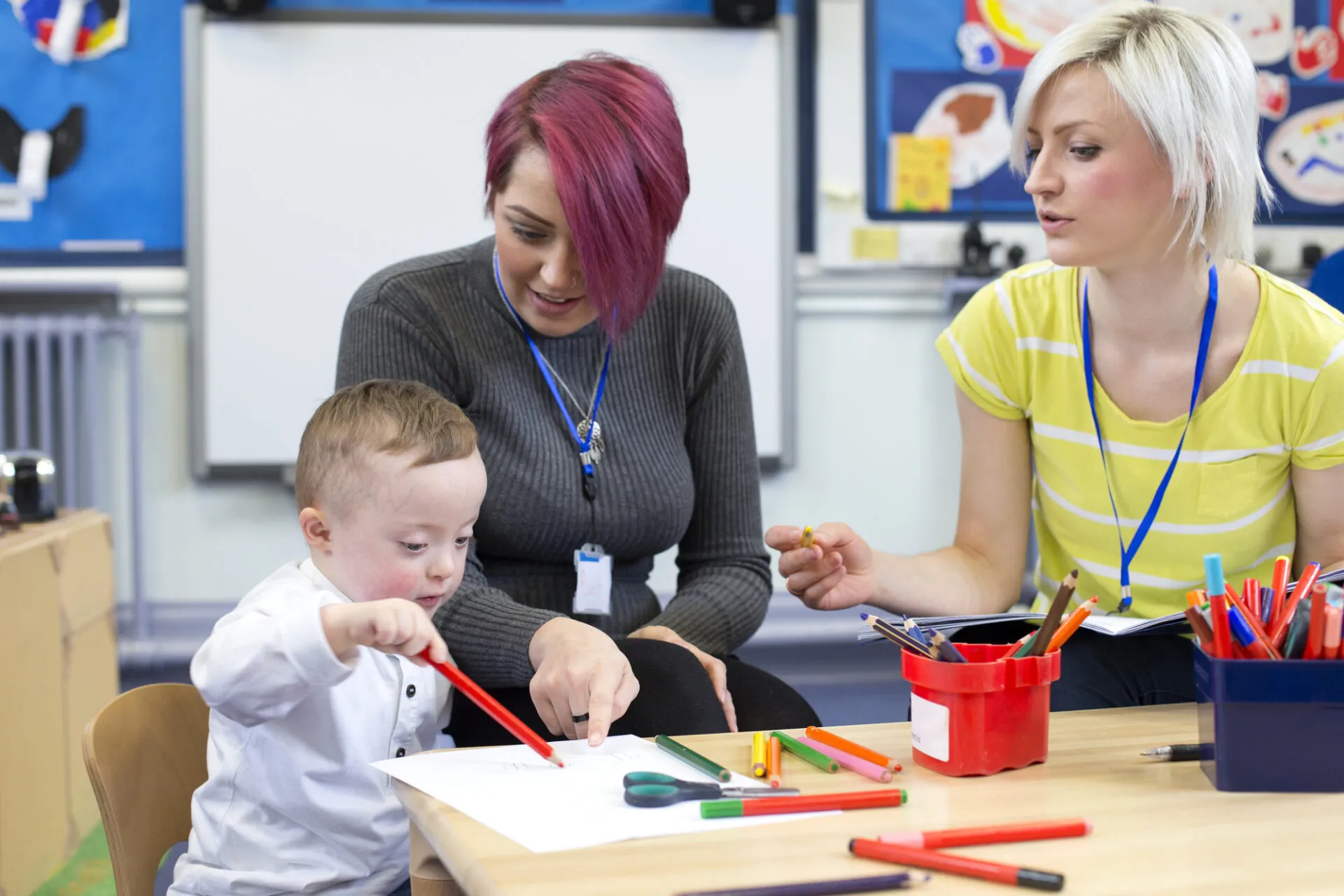


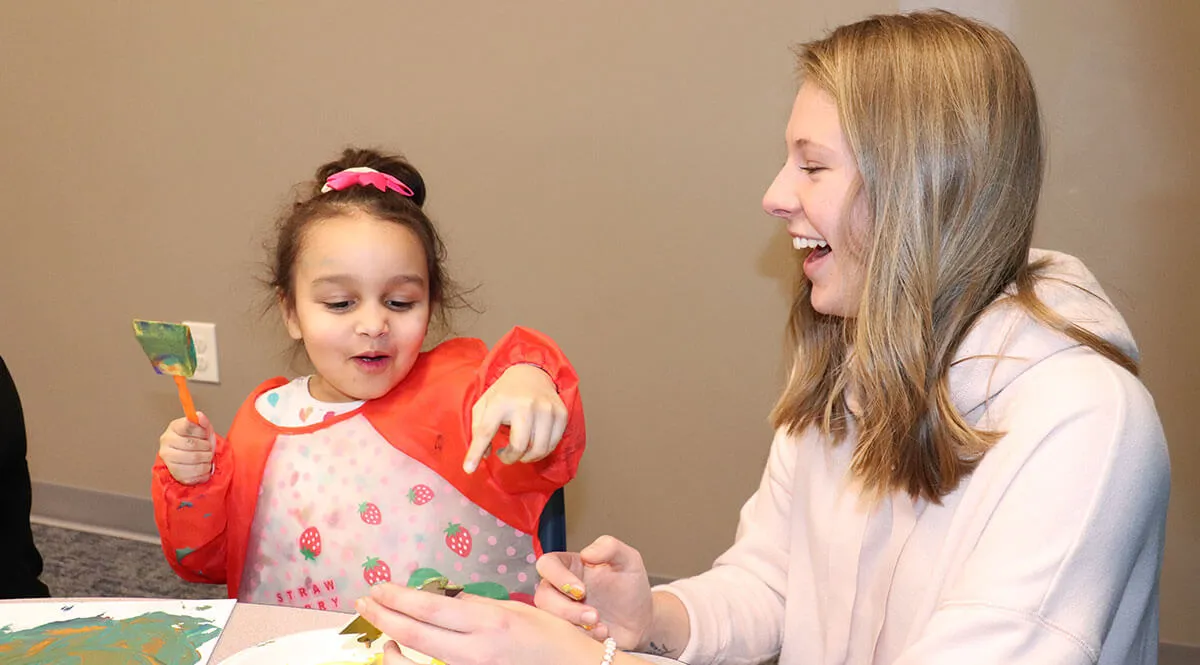

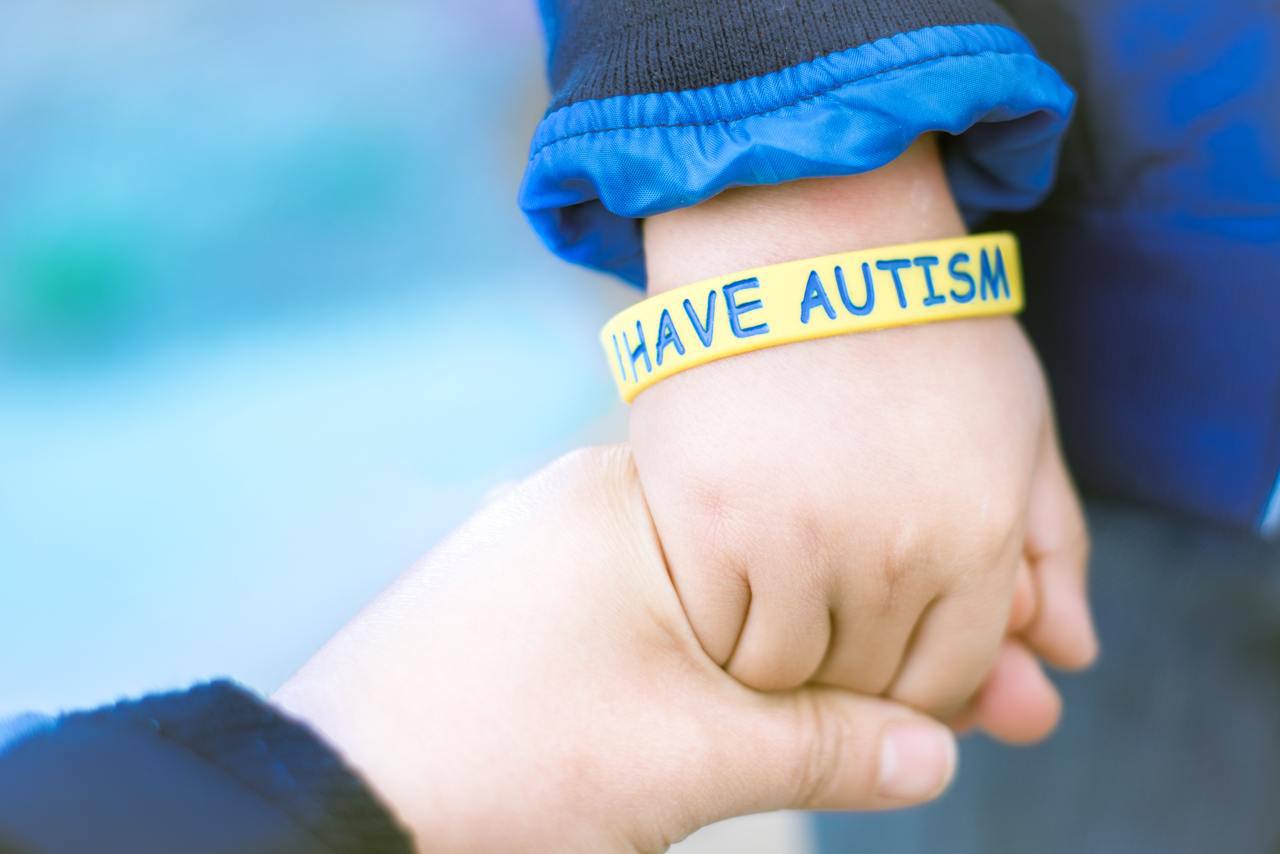
submit a comment